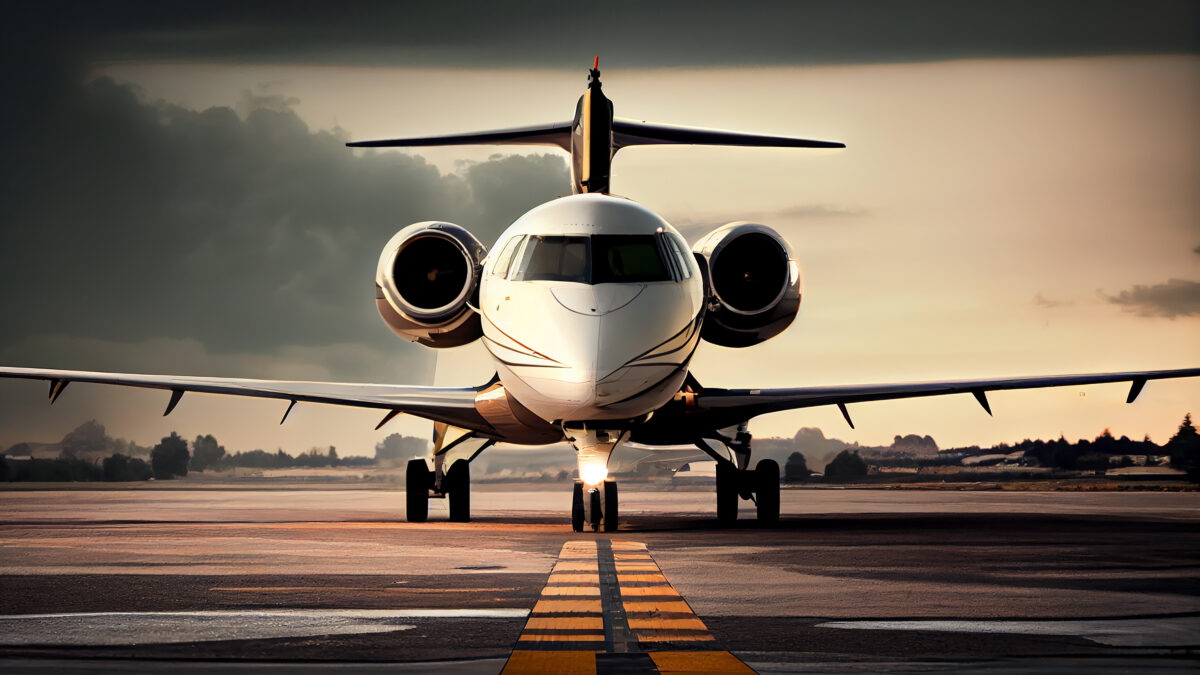Ever contemplated acquiring your own small aircraft? Indeed, we have all done so at some point. A plane is a statement of independence because it allows you to travel wherever and whenever you want. And the road isn’t your only option. But let’s be honest: Owning your own aircraft, such as a Cessna, is also a sign of status. Being able to count yourself among the wealthy and elite, who are the only ones who possess their own, personal jets, puts you one step ahead of the competition.
In addition to providing you with the comfort and leisure options you desire, owning a small plane entails a lot of responsibility. Specifically, financial accountability. The expenses can add up and include the initial sale price and down payment, as well as repairs, storage fees, insurance, and gasoline costs.
Which Aircraft to Pick?
One of the initial topics you’ll have to take into account is the type of plane you’re going to purchase. Your desired plane type will have a significant impact on the cost. Here is an explanation of the components that make up the cost of purchasing a plane.
- Single-seat, single-engine recreational aircraft are known as ultra-light aircraft. These can be bought brand-new for between $8,000 and $15,000.
- Single-Engine aircraft, which may accommodate two or more passengers and are less expensive to operate and maintain than multi-engine aircraft, typically range in price from $15,000 to $100,000.
- A multi-engine aircraft will set you back between $75,000 and $300,000.
Initial payments
If you’re extremely fortunate, you might be able to pay in cash for your plane. But not everyone enjoys such convenience. For your purchase, you might need to secure a loan. Don’t forget that in addition to the wholesale price of your jet, you will also need to take into account the interest you will pay on top of that. You’re still not soaring, so don’t let up just yet. There are further factors.
Storing the aircraft
Planes must be kept in hangars or outside at an airport while not in use. Although it depends on the area and the airport’s location, outdoor storage is often less expensive than hangars and other covered areas. Ordinarily, urban airports charge more than equivalent rural airports. The typical monthly hangar expense is $250 plus an additional $100 for tiedown supplies. Interestingly, the typical owner of a small plane rarely has access to home storage.
Planning your finances
You must plan for monthly payments if you finance an aircraft. The financing for your aircraft takes a number of factors into account, much like a car. The lending business may take into account the following:
- Your initial payment
- Your credit rating.
- The total sum you’re requesting as a loan
- The utilization of the aircraft and how frequently you expect to utilize it
- The state of the aircraft, together with its year, make, and model
Maintenance
The creation of an escrow fund for aircraft maintenance is advised by the Aircraft Owners and Pilots Association (AOPA) in order to cover overhauls of the engine, propeller, avionics, and airframe. Every time you fly, make a donation to this fund to help with unforeseen costs that might occur. Annual inspections for small aircraft cost between $600 and $1,200, whereas they are required for specialist aircraft with the retractable landing gear.
Insurance
Aviation insurance provides liability coverage for whatever your aircraft destroys and covers aircraft damage. Policy coverage varies, and aircraft damage is divided into two categories: in-flight damage and exterior damage. The price will vary according to the kind of aircraft, the required amount of coverage, as well as other elements like the operator’s expertise, just like with any other form of automobile insurance. It is best to speak with a certified aviation insurance agent when choosing small aircraft insurance, which can cost anywhere from $500 to several thousand dollars annually.


